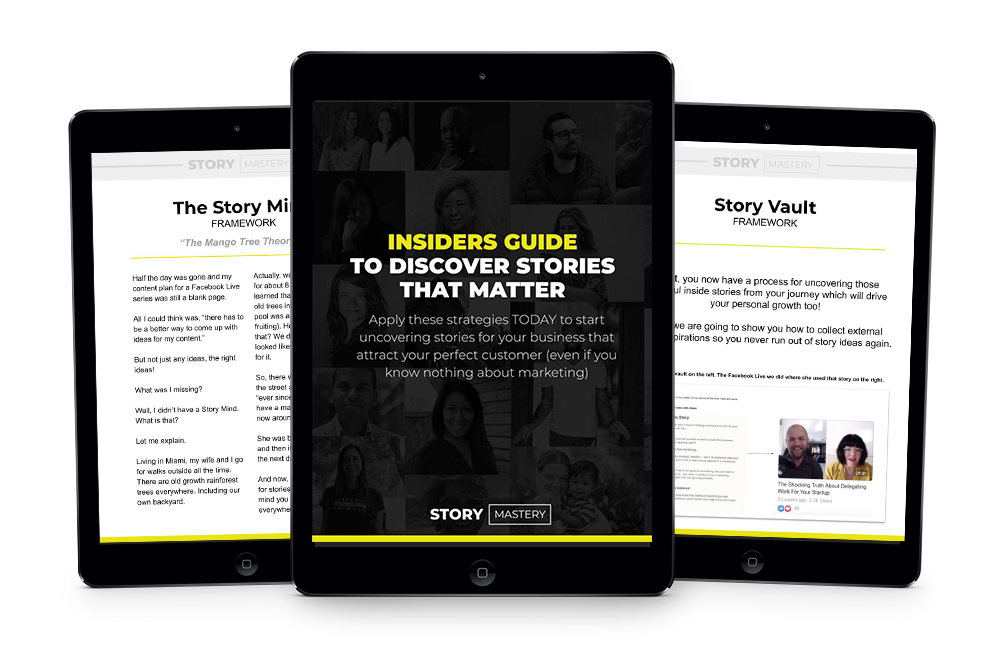Wishpond vs. Hubspot: Generating Leads that Buy

Background I spent the best part of last year sending out one-off email blasts to promote my e-commerce company. At the time I was using very basic email marketing software to try and move leads further down my funnel. The problem was this basic software did not allow me to ramp up my lead generation. […]
The Infusionsoft Alternatives You Need to Know About for Your Business
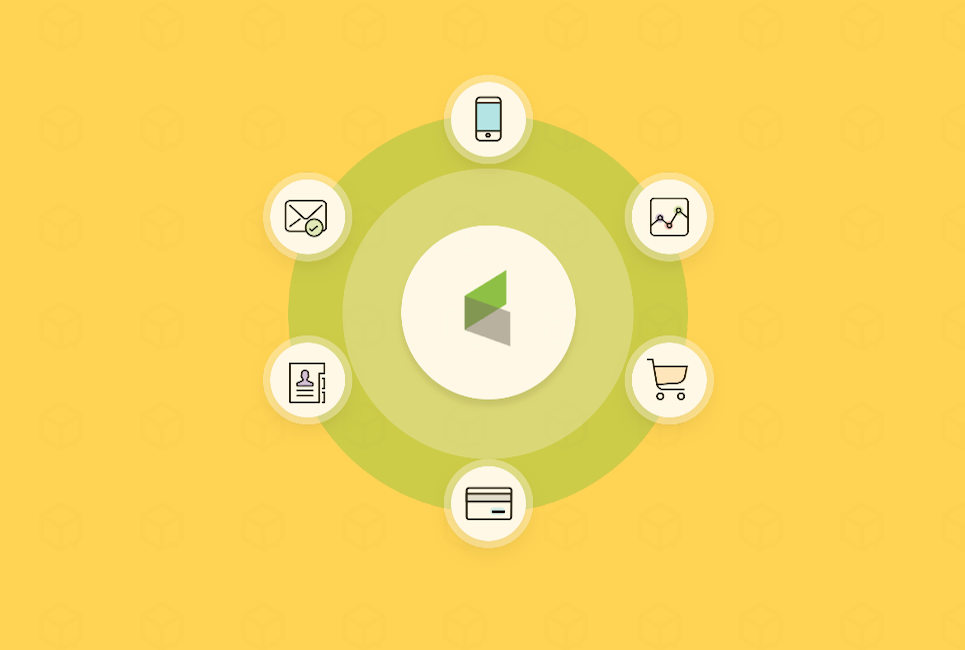
What is Infusionsoft? Infusionsoft is a marketing automation platform with a built-in Customer Relationship Management. It is designed to help SMEs automate their sales and marketing processes. The platform focuses on engagement, customer tracking, and cash flow. You can use it to run a digital business from lead generation to final sale. This is what […]
Neil Patel Advice: 4 Tips to Win With Video on Facebook

Hopefully you know by now that video is a part of the online marketing future. That’s where people spend their time and that’s where big online brands are leaning into. Any technology trend or new development such as Facebook Live and Facebook Watch will be favored by Facebook. They will give you more reach if […]
My Ultimate Wishpond Review: Is This For You?
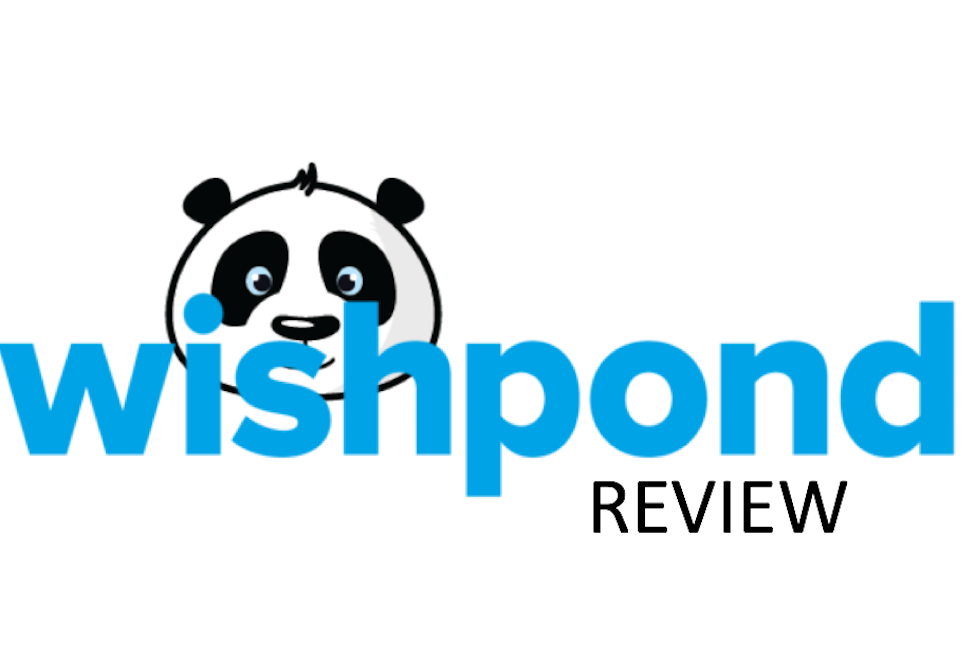
What is Wishpond? Wishpond has been at the forefront of creative lead generation for many years. This is been achieved through ongoing updates of the Wishpond feature set. If you are looking for an effective, online tool that can help you grow your business, you have to read my full Wishpond review here. Let’s get […]
9 Best Wix Websites For Business Inspiration

With over 110+ million users worldwide, it seems that everyone on the internet is using Wix to build their website. And why wouldn’t they? Wix is free and it’s awesome. If you want to build a website and don’t have the budget for a web developer, nor do you want to be stuck with messy […]
How To Build A Landing Page for 5 Popular Ecommerce Tools

Most people are confused as to what a landing page is. That’s why, before we can learn how to build a landing page, let’s briefly define what a landing page is – and why it is used. Here’s how Unbounce.com defines a landing page: “… a landing page is a standalone web page, created specifically […]
My Full Leadpages Review: Is it Worth It?

What is Leadpages? Leadpages is an online solution allowing you to capture email leads. With their excellent drag and drop builder, you can create effective landing pages. To get you started, Leadpages offers a wide range of templates to create a profitable funnel. I use it daily to keep my pipeline full of high-potential leads. […]
How To Use Wix – The Ultimate Guide to Creating Stunning Websites

Before the arrival of website building tools, if you needed to design and develop your own website, you had three options available. 1. Learn Web Design & Web Development yourself 2. Hire an experienced web developer to build your website 3. Get a ‘pre-designed’ website on WordPress. The problem with the first option is that […]
Instapage Review: Does This Landing Page Tool Live Up to The Hype?

What is Instapage? Instapage is an online tool that helps you quickly create and launch landing pages. They focus on what happens after a user clicks one of your paid adverts. It’s also great at helping you track conversion rates on paid advertising campaigns. In the past, building landing pages used to be expensive. Good-looking […]
Activecampaign vs Hubspot: Make a Smart CRM Choice Today!

Are you planning to start using a CRM (Customer Relationship Management) system? In the very basic sense, a CRM manages all strategies and activities used to interact with customers. CRM helps in building and maintaining customer relations. This, in turn, creates loyalty and increases retention. While a CRM can do wonders for your business, it’s […]
Ontraport vs ActiveCampaign: Find the Best Solution for Your Business
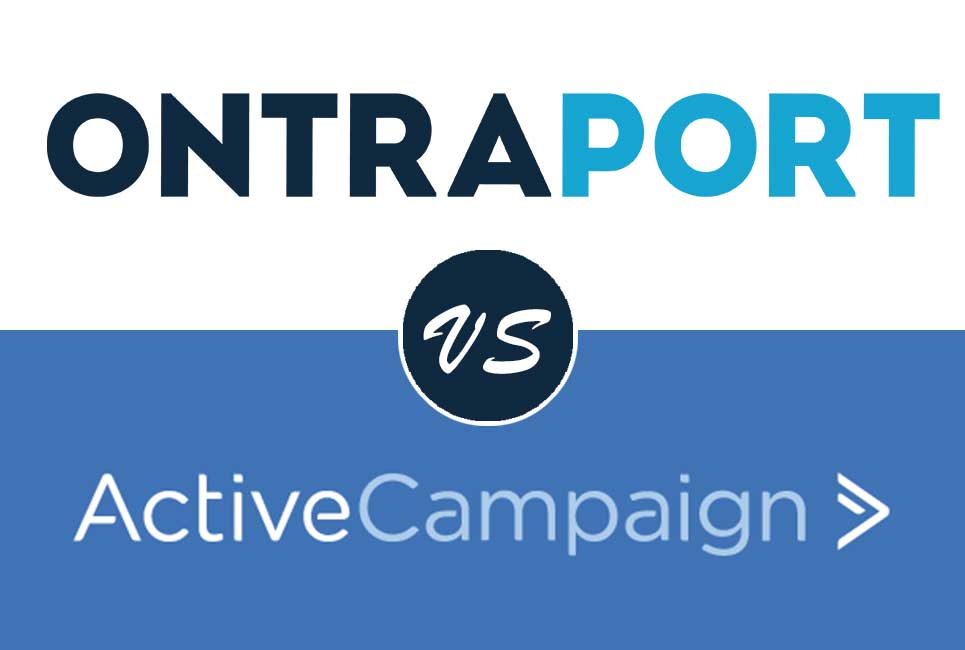
Ontraport vs ActiveCampaign, which is the best marketing automation solution for your business based on their differences? An Ontraport vs ActiveCampaign comparison attracts a sizable chunk of similarities and differences. But it is in the differences that the two marketing automation software suites really tell they are not made equal—at least as far as your […]
ActiveCampaign vs Constant Contact: Which is Best? [2021 Comparison]
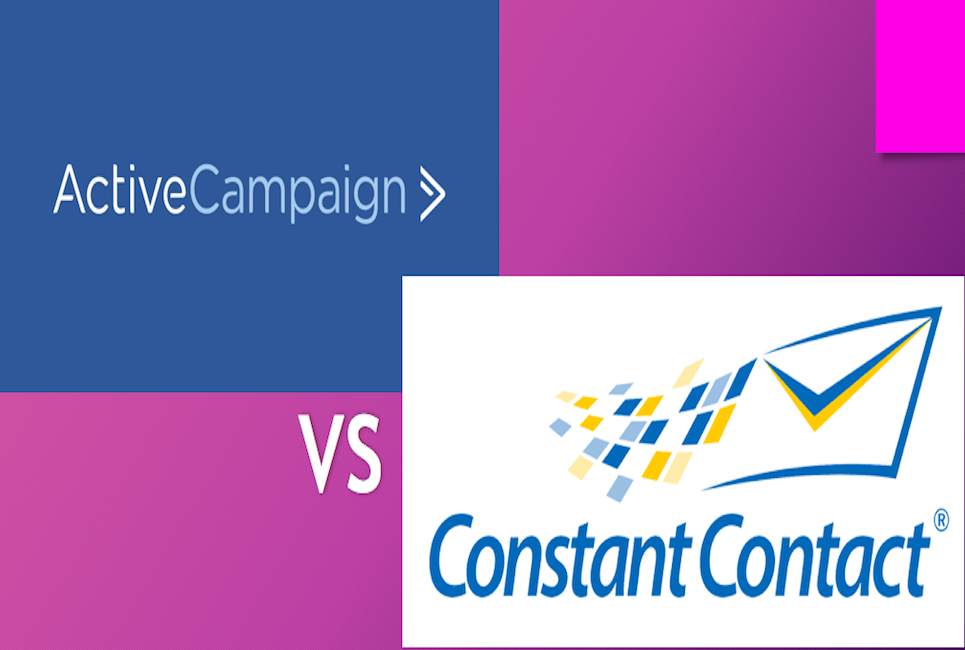
Find out the differences between ActiveCampaign vs Constant Contact to help you decide which one is the best email marketing platform for you. ActiveCampaign vs Constant Contact: The Comparison While Constant Contact vs ActiveCampaign are great email automation solutions, they are not made equal. To decide which is the best email marketing services provider between […]
The Best Alternatives to Instapage You Have to Know About
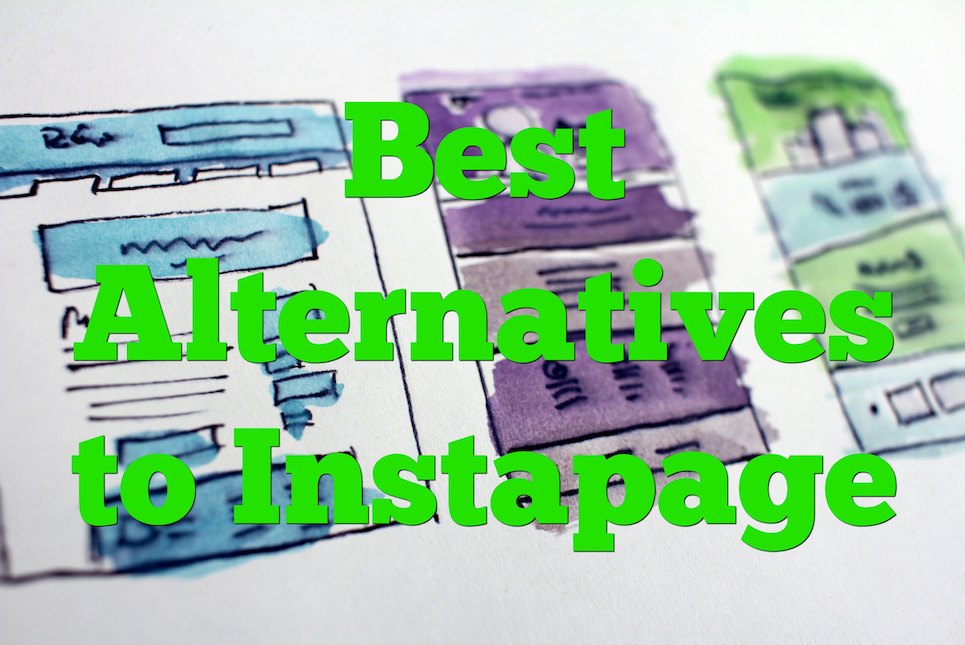
Instapage is an awesome tool that helps in the creation of highly optimized and customizable websites. Useful for businesses and individuals, this is one online resource that many have definitely benefited from. Instapage is a powerful landing page software that provides post-click optimization for all digital and advertising campaigns. With enterprise capabilities, landing page templates, real-time […]
10 Minute Funnels vs Clickfunnels: The Battle of the Funnel Marketing Tools 2021!
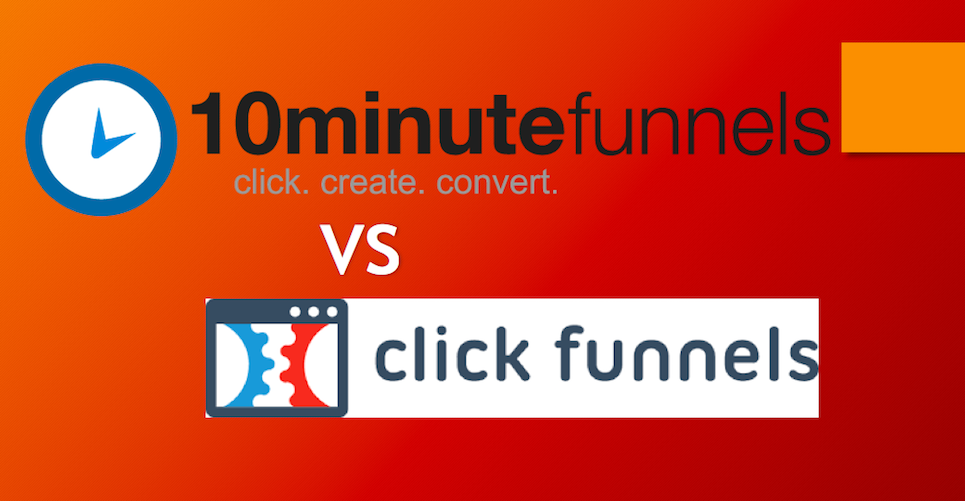
As you know 10-minute Funnels vs Clickfunnels are funnel building applications and before we jump into comparison lets quickly go through what Funnel builders are actually for… What are Funnel Builders anyway? You need a funnel builder if you are looking at “upping your game” on lead generation/Conversion or sales. Funnel builders help you to […]
Clickfunnels vs Website: Do I Need Both to Build Leads?
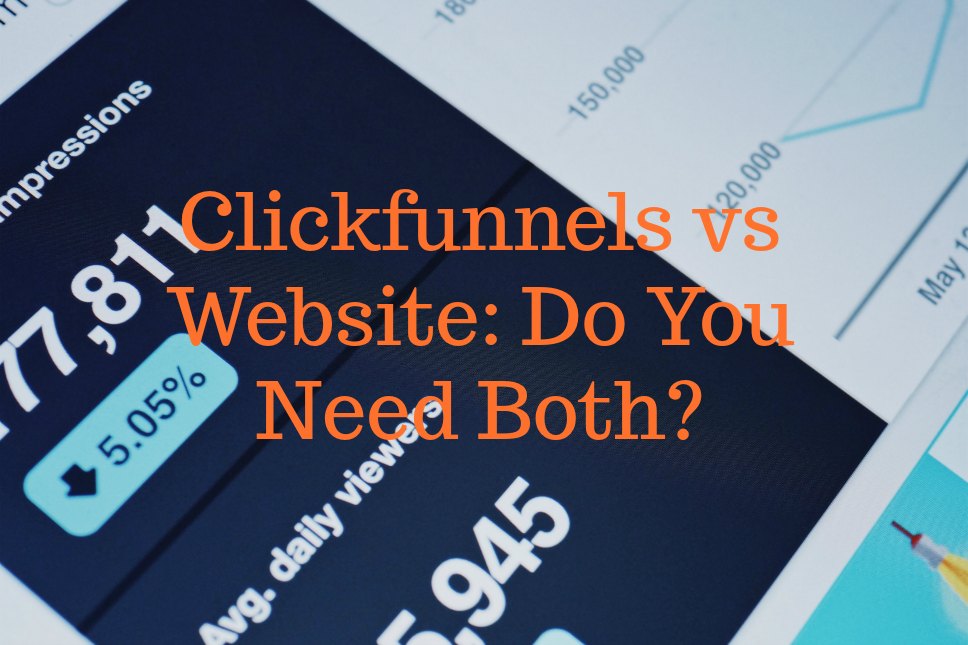
Businesses need to promote themselves, be in front of their eyes (target market) at the right place and right time. Being online for acquiring customers today is nobodies guess. If you have been in this for some time, you must have asked yourself this obvious question. Clickfunnels vs website: do I need both? Which is […]
Ontraport vs Aweber: Email Marketing Showdown [2021 Comparison]
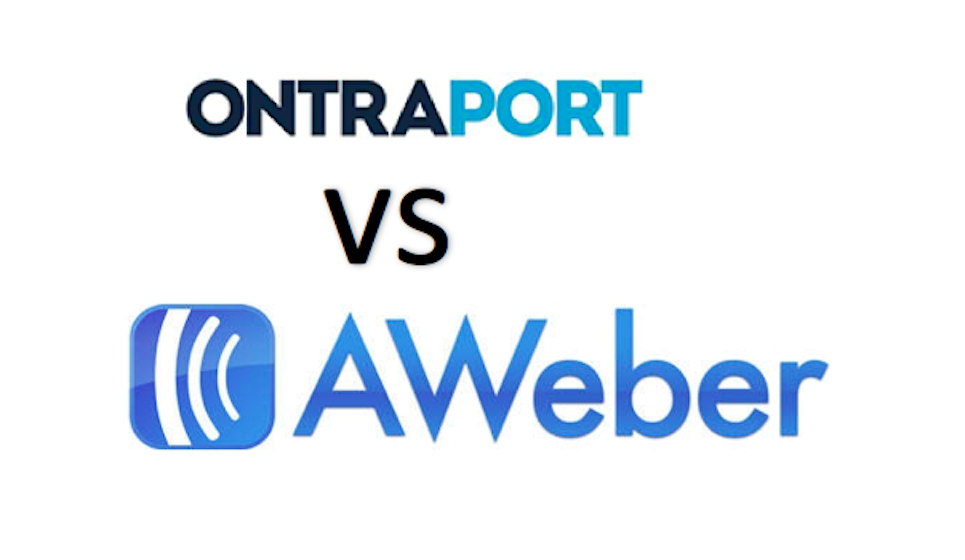
For the longest time, if you were getting started in email marketing the go-to software was Aweber. All the gurus were recommending it. I’ve been using Aweber for years. Meanwhile, some interesting competitors have arisen. Although loyalty is a virtue, my first loyalty is to my business. I decided to test Aweber against an exciting […]
Sendy vs. Aweber: Which Email Marketing Tool Wins?
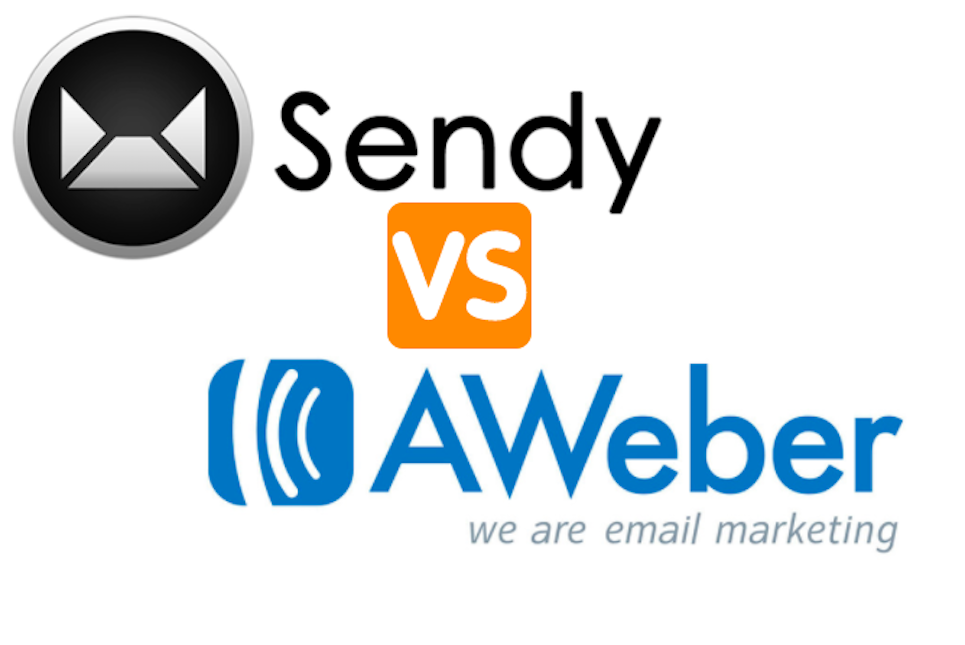
When it comes to email marketing campaigns, the tools that you use are of utmost importance. Now, if only it could be easy to know exactly what email marketing tool or software would work best for you business, right?! That’s why I did the hard work for you and am bringing you my findings here! […]
Drip vs. ActiveCampaign: Which Marketing Automation Tool Works Best?
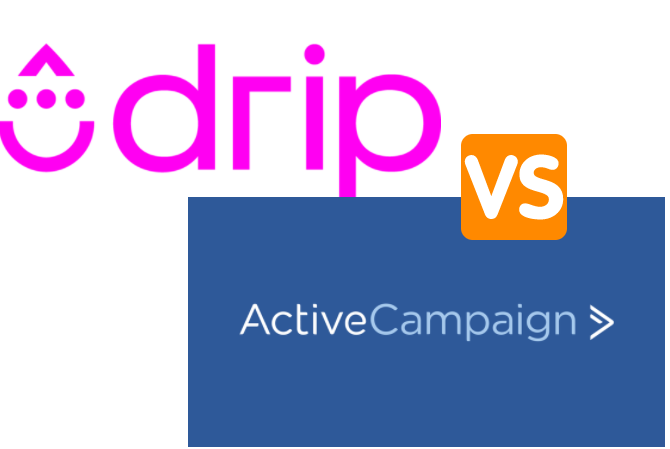
I recently decided to upgrade from an old-school autoresponder to a modern solution. After some research, I selected Drip vs. ActiveCampaign for a head-to-head comparison. Let’s see how these two compare, shall we? Introduction to Drip Drip is the newer of the two. It caught my attention when Leadpages acquired the company. Drip is a […]
Clickfunnels vs. WordPress: Two Approaches. Which One is Best?
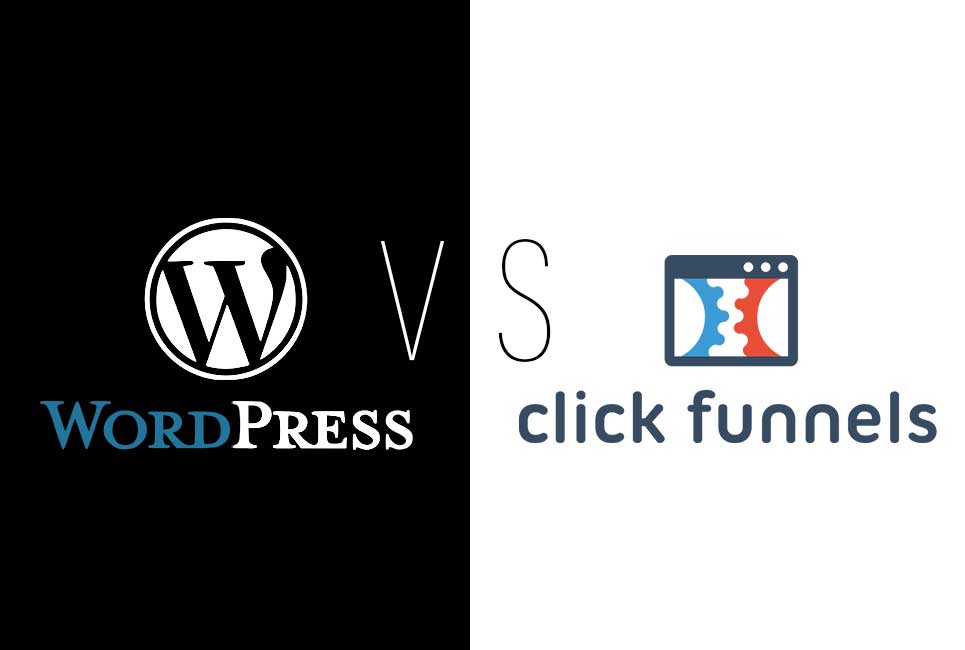
Do you need a dedicated WordPress website or could you use Clickfunnels as the lead generation tool for your business? That is the question I ask in this comparison review. Clickfunnels vs. WordPress, which one works best for you? Introduction: Clickfunnels vs WordPress Not long ago I made the decision to move from regular work […]
The Best Lessons For Growth from HubSpot Marketing Fellow That You’ll Love

Sam Mallikarjunan (Mall eh car jew non) is a Marketing Fellow at HubSpot and former Head of Growth at HubSpot Labs, the some- what-secret experimental arm of the world’s #1 Sales & Marketing platform. Sam teaches Advanced Digital Marketing at the Harvard
Division of Continuing Education, and is the co-author of the book “How To Sell Better Than Amazon”.
How to Expand Your Online Network: Tips from Neil Patel You Can Start Doing Right Away

If you are one of the savvy ones trying to build a successful online business, chances are you have heard of the term SEO and need to expand your online network. But, if you are only starting out in Internet marketing, SEO is a term that can easily intimidate you.

